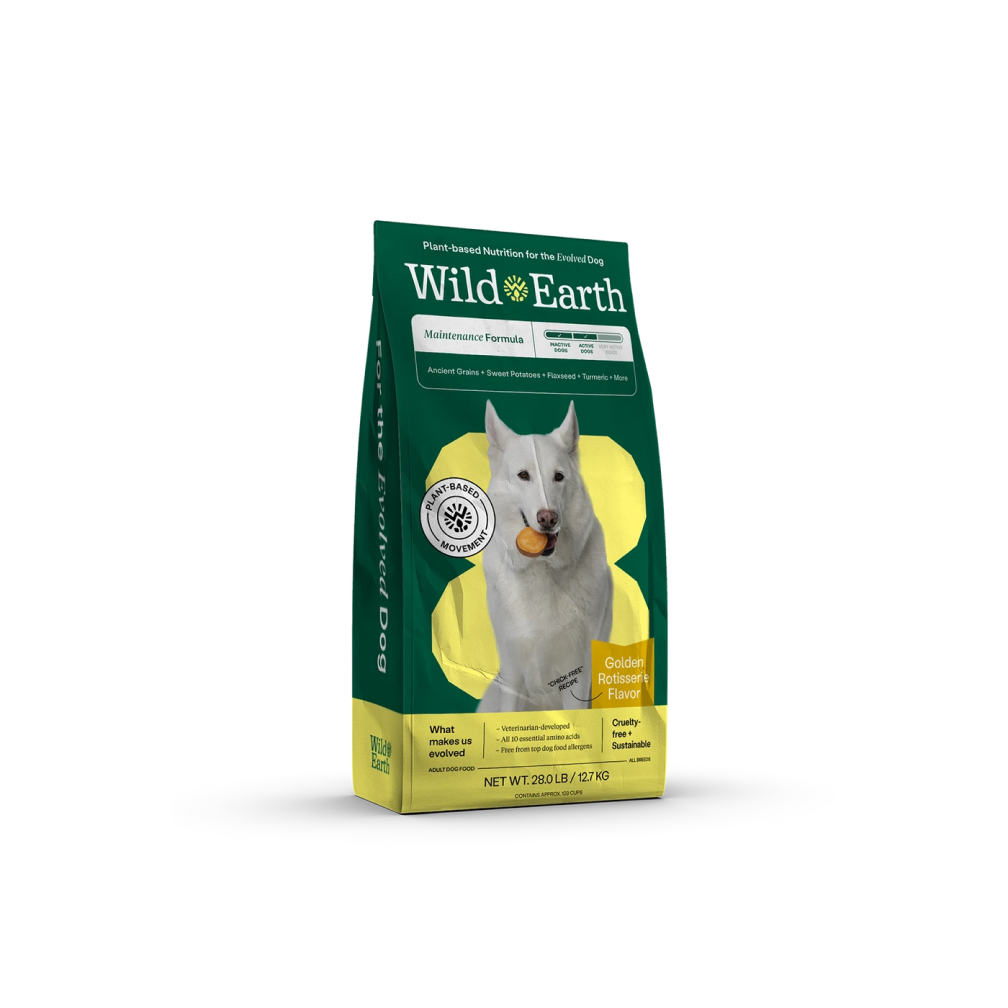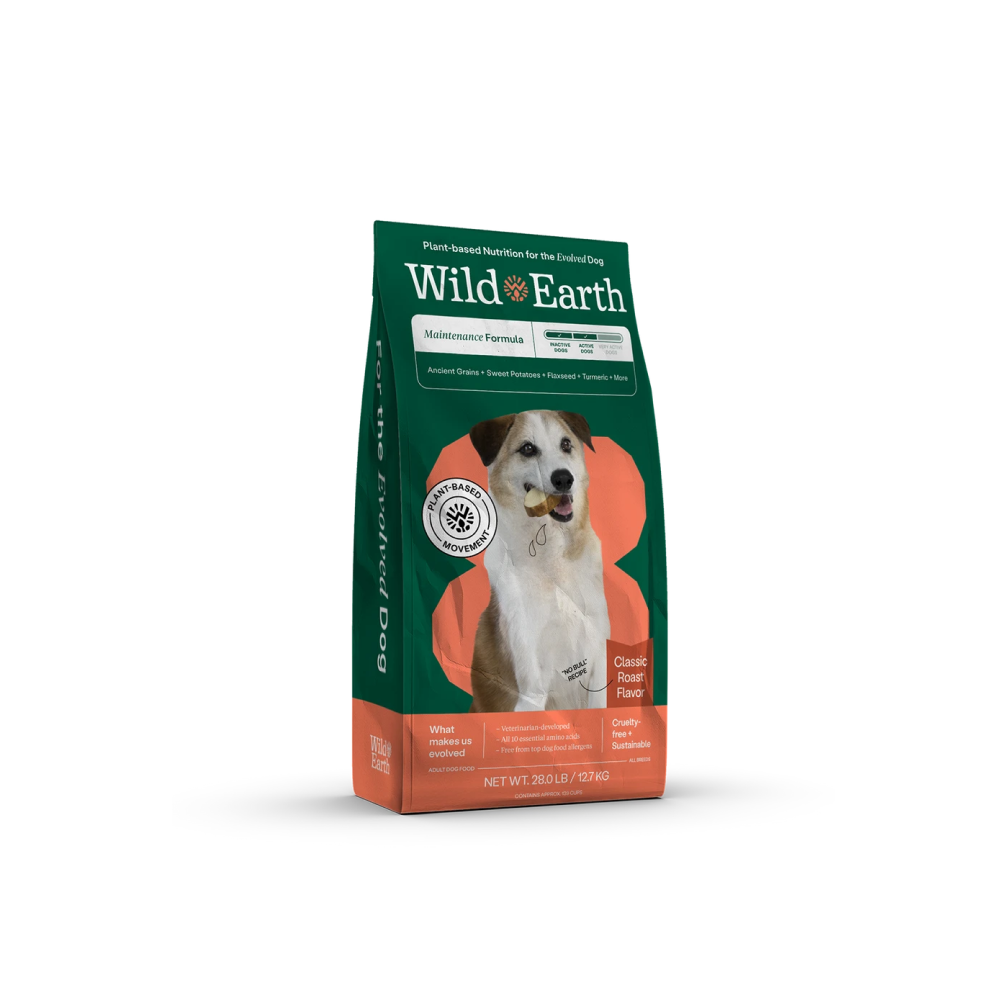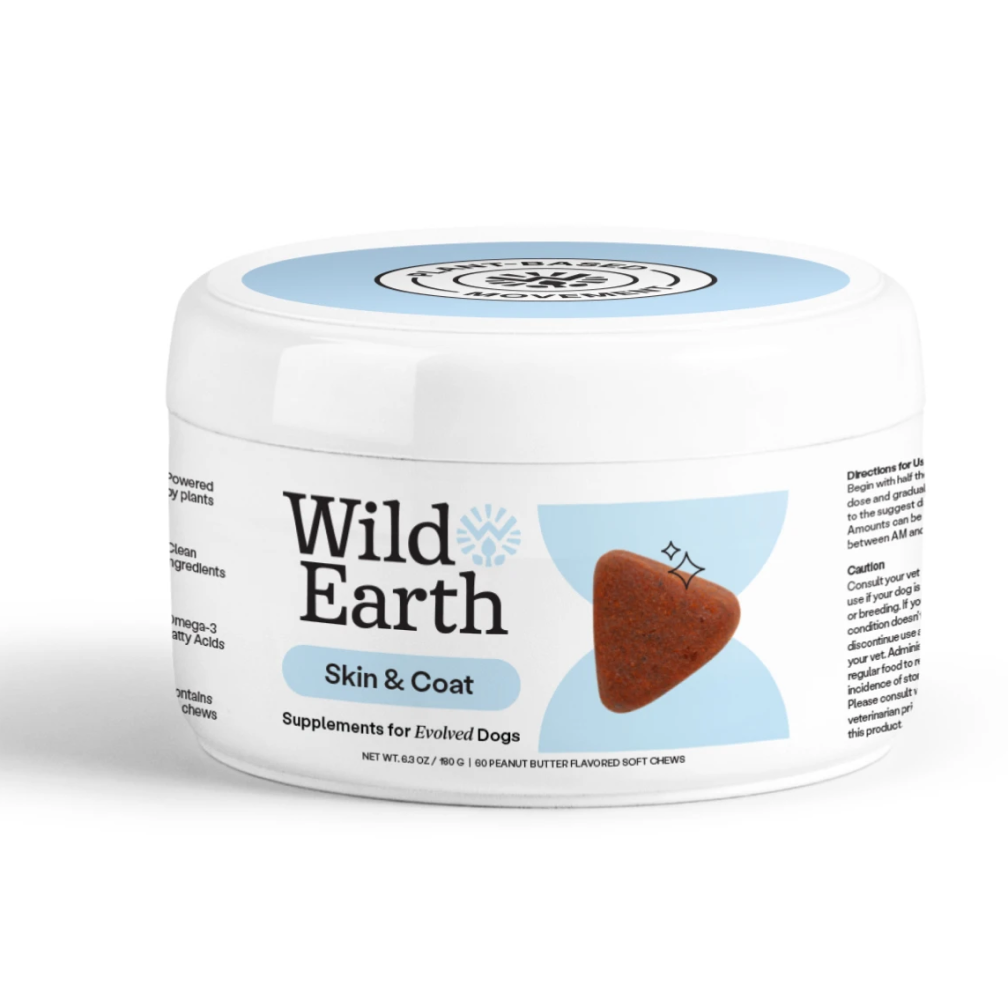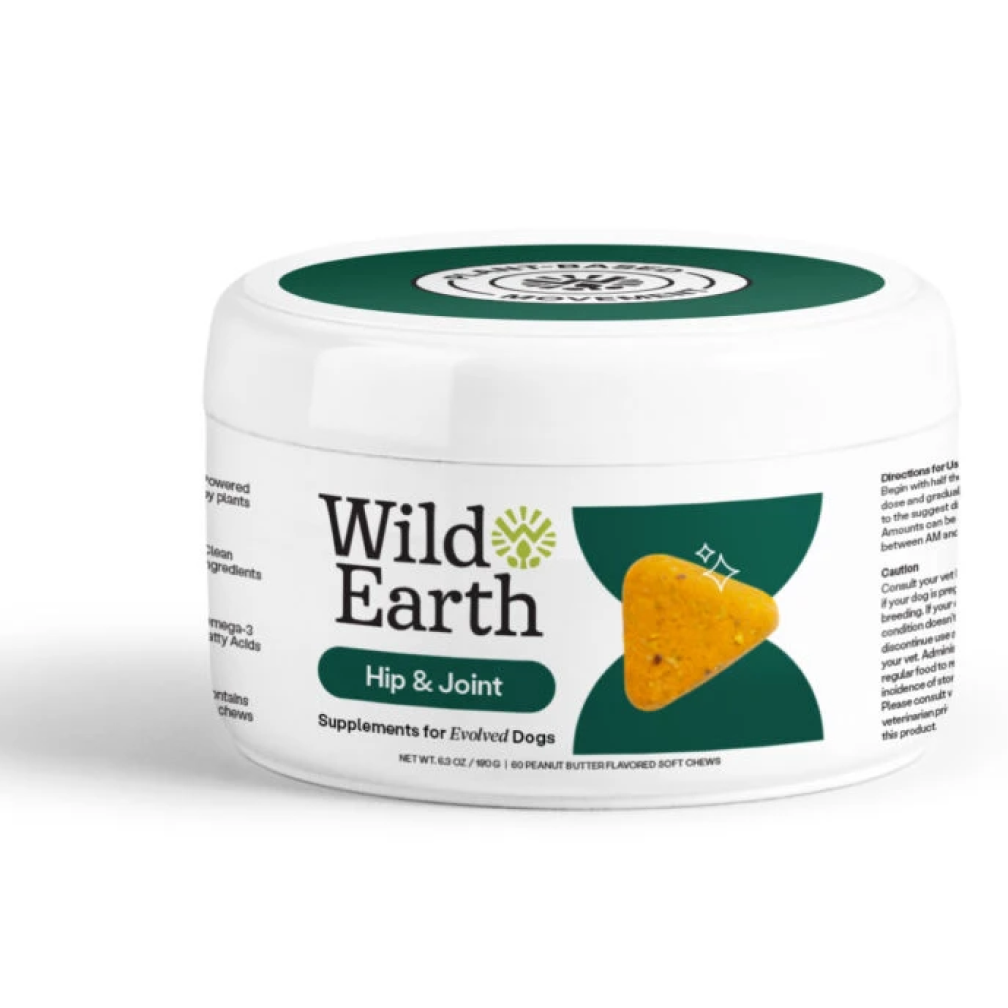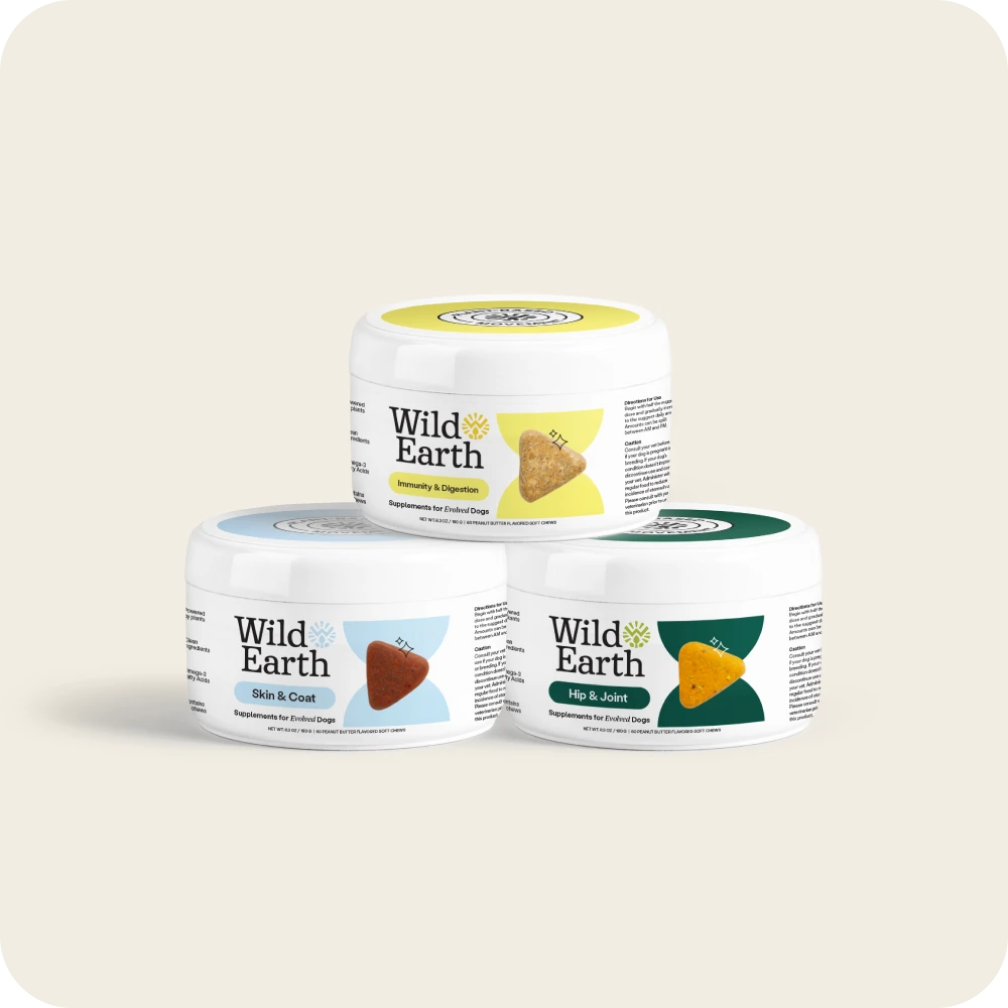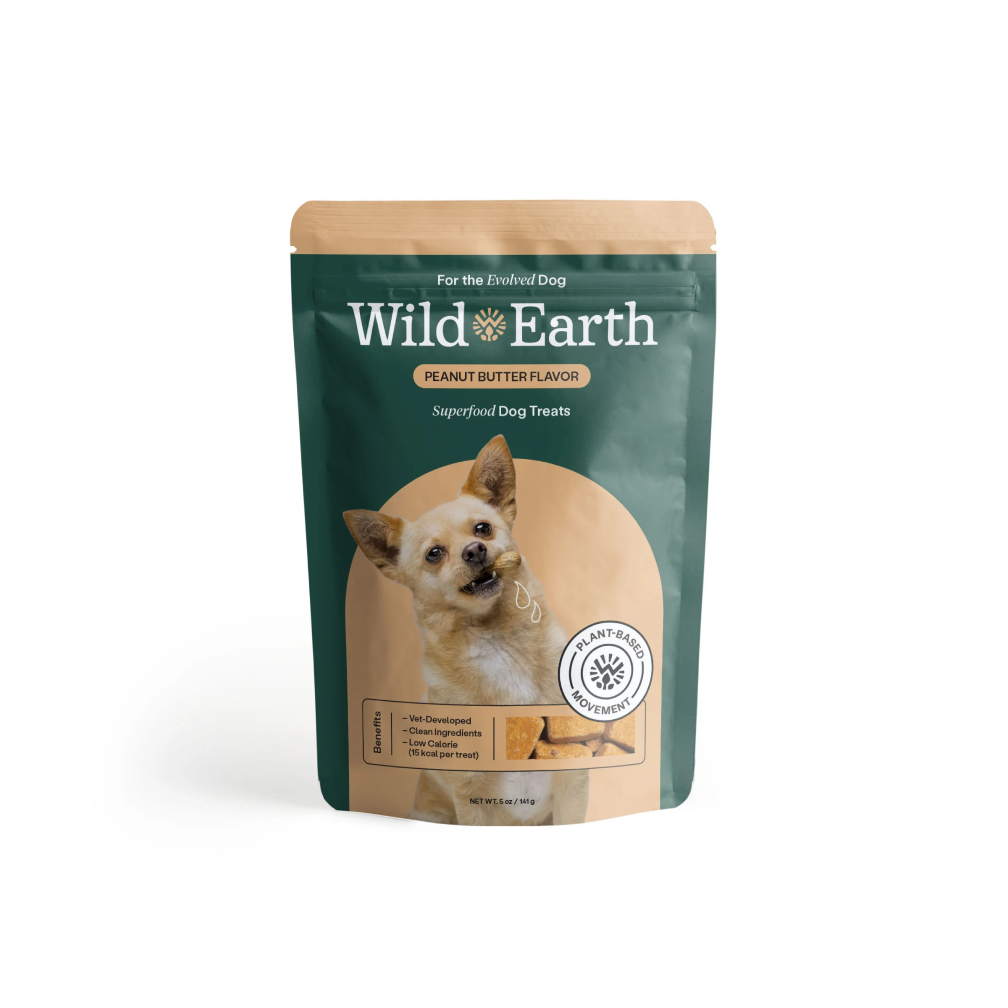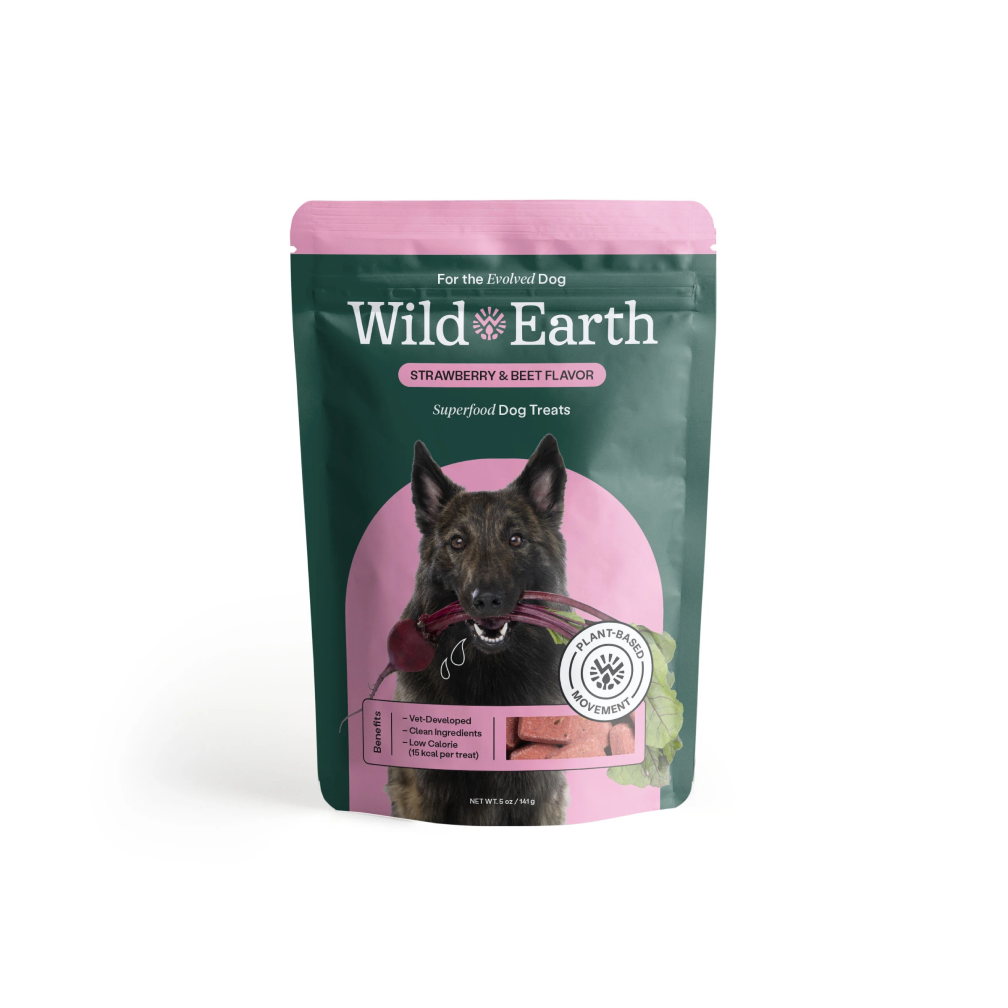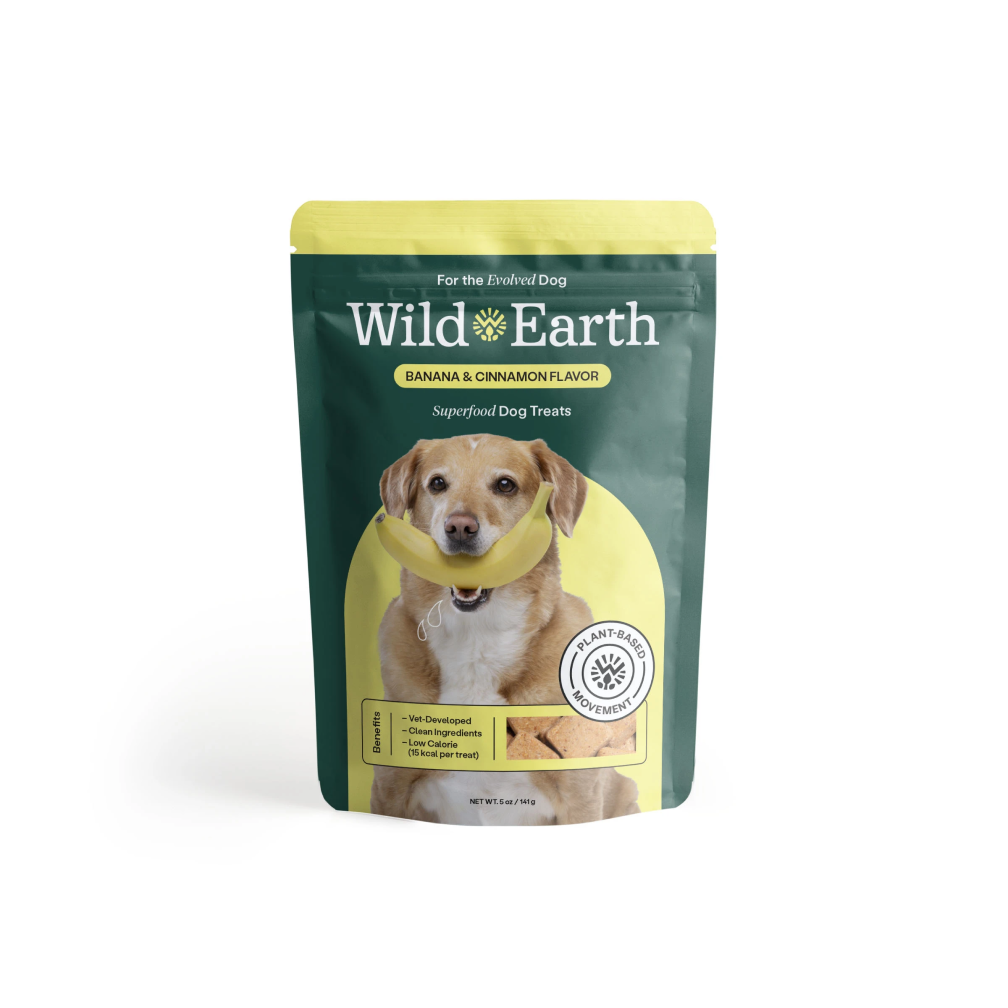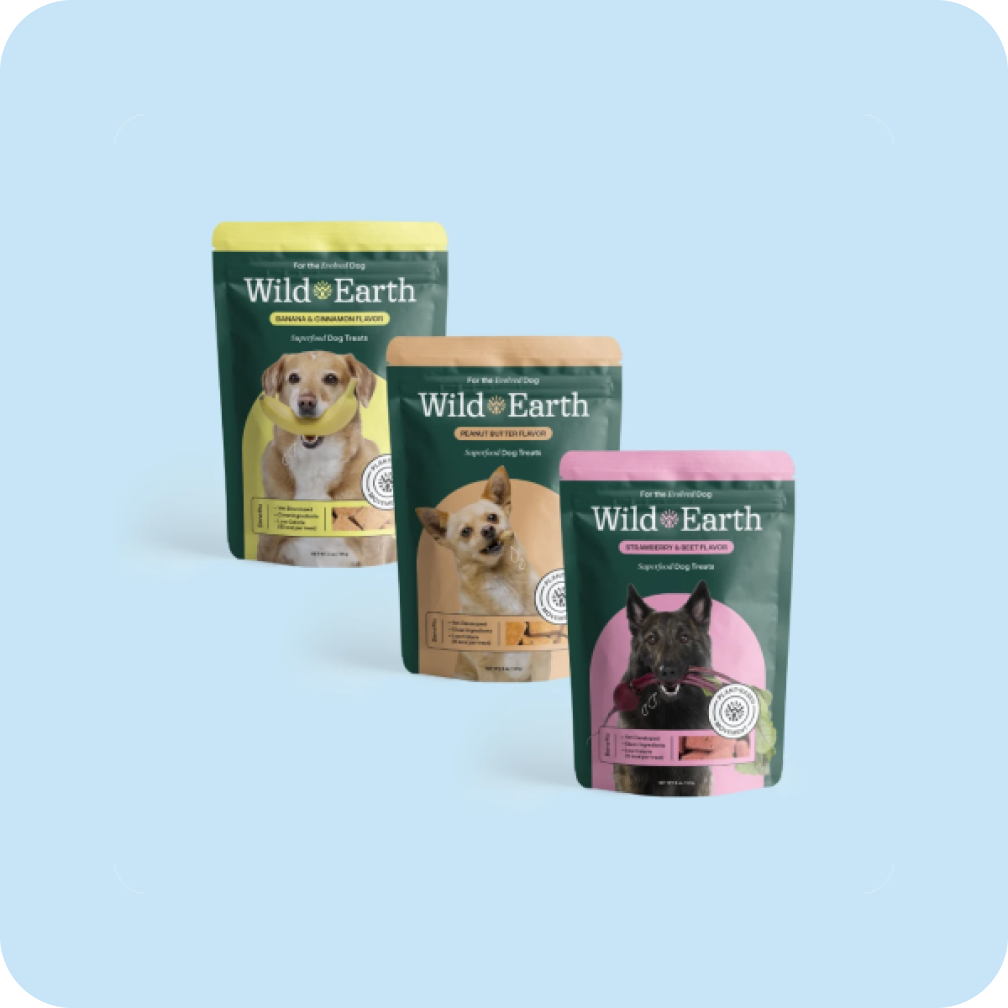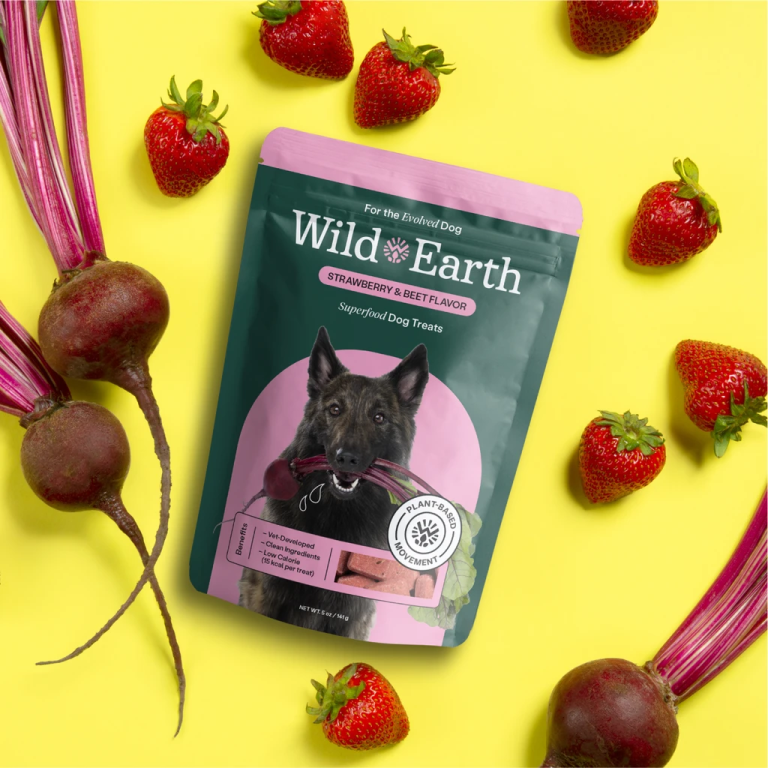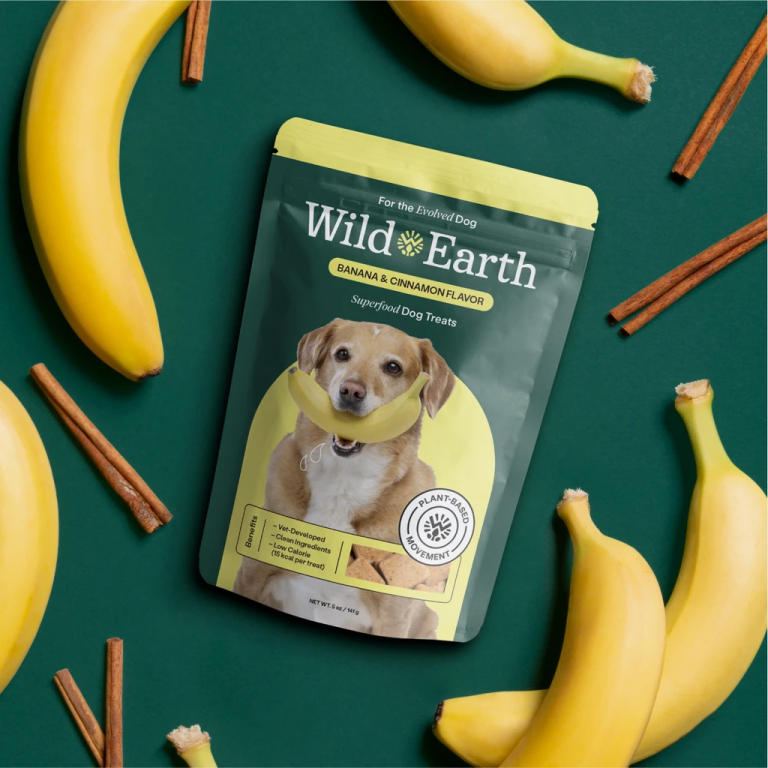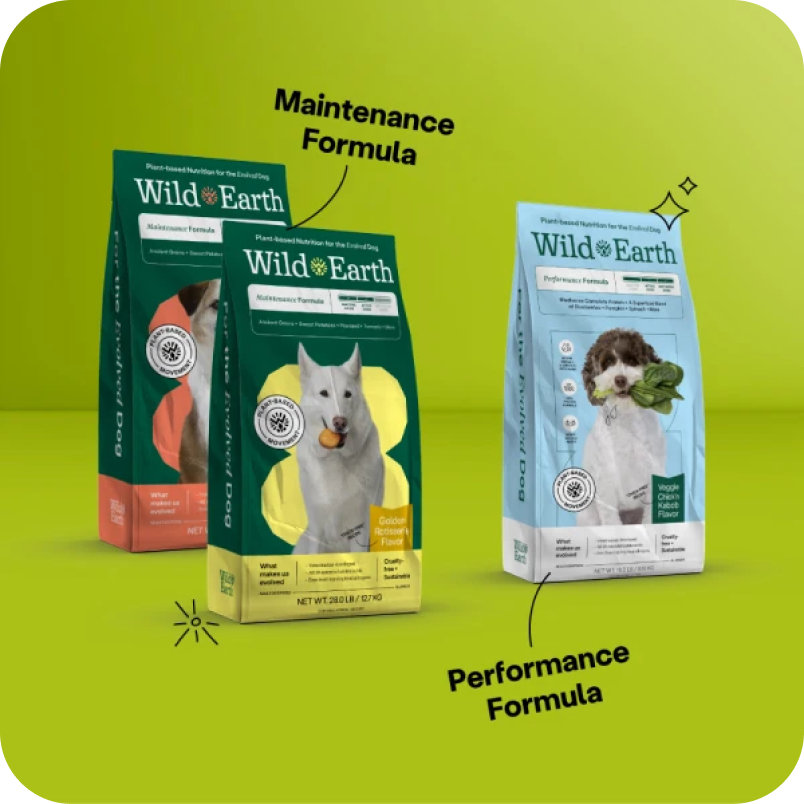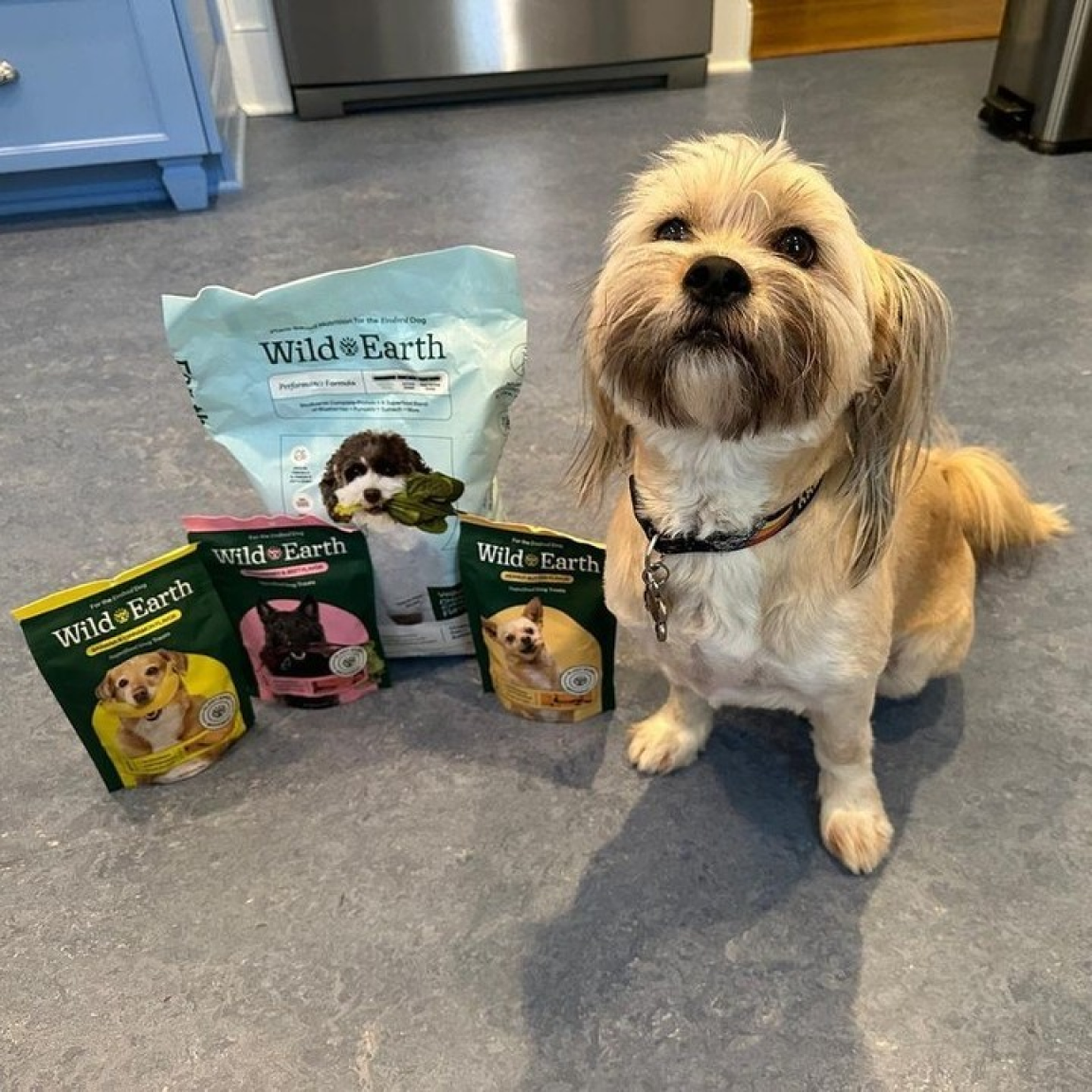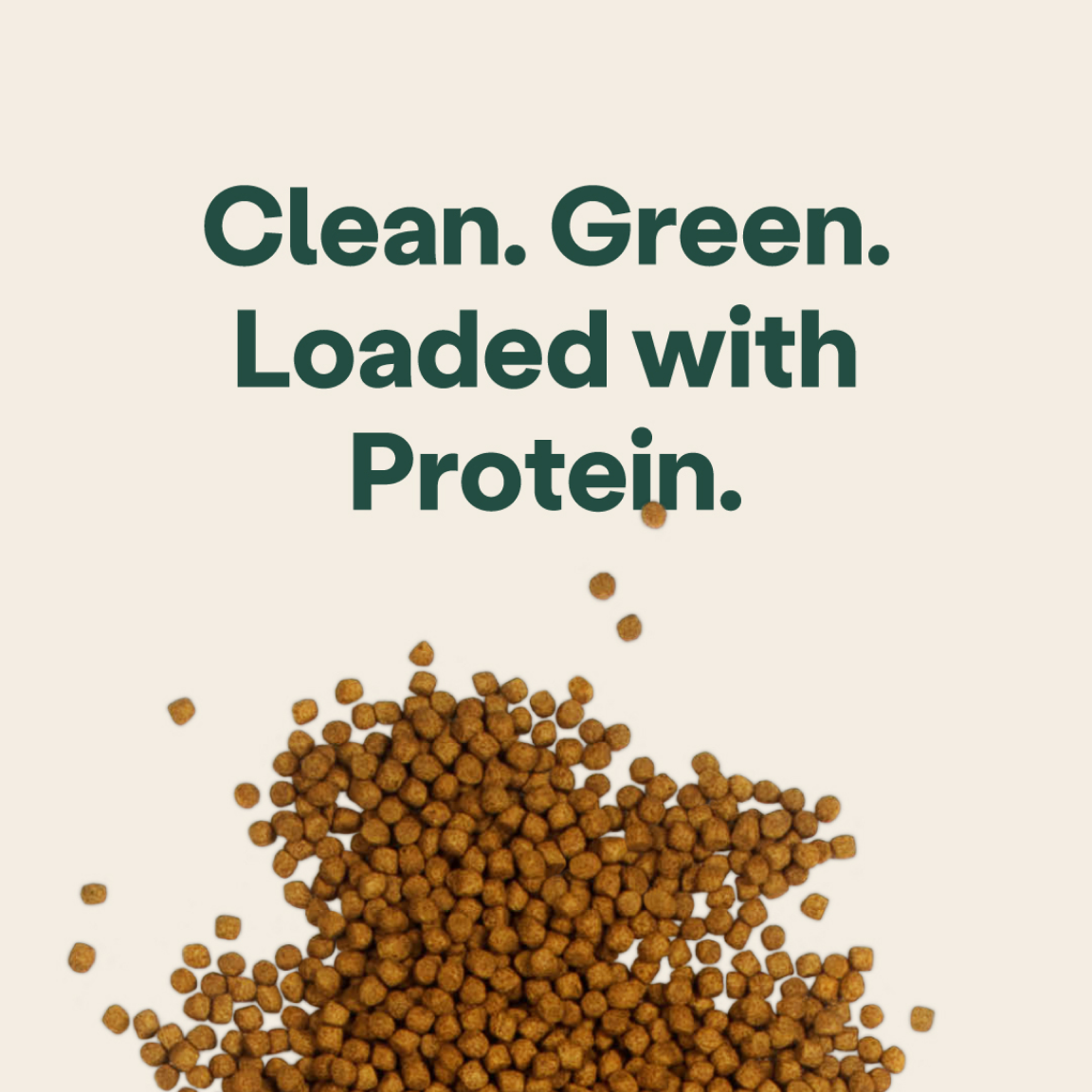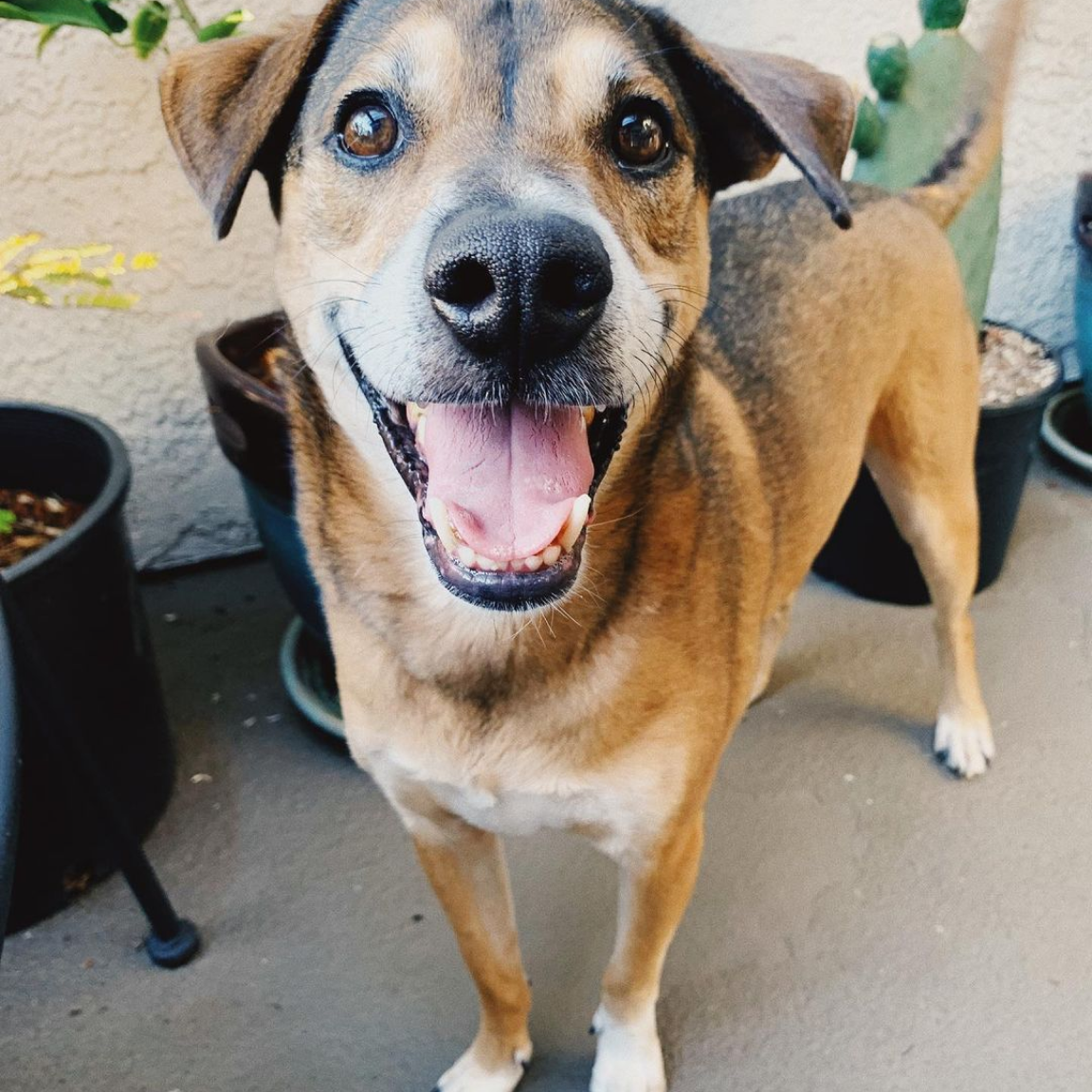
Category_Dog Blog
The Vet's Corner
The Vet's Corner: Basic Pet Weight Loss Strategy
Diet is a major factor is your pet’s weight
I’ve mentioned this throughout the series, but it’s important to reiterate: obesity is the number one health threat pets face, and the most important pet health decision pet parents make each day is what and how much they feed. My passion for reducing the prevalence of pet obesity is one of the reasons I co-founded Wild Earth. I knew the past 20 years of veterinary nutritional research supported higher-protein, higher-fiber diets for both healthy weight maintenance and weight loss in dogs and cats.Pet weight loss requires both art and science
When it comes to offering evidence-based nutritional advice, we need to accept that nutrition is as much art as science. Even though our understanding of canine and feline physiology is exponentially greater today than 50 years ago, we’re still unable to precisely tailor nutrition to an individual pet (or person). We apply general digestibility, metabolic, and biological tenets in a variety of combinations until we find the perfect food fit. Sometimes we get lucky and our first diet and activity plan strikes weight loss gold, and other times our dog is still accumulating adiposity six months later. This leads me to my first bit of pet weight loss advice: be patient, flexible, and creative.Pet weight loss requires patience, flexibility, and creativity
If you make an adjustment to your pet’s diet, activity, or lifestyle, I teach veterinary professionals to “check for a change in 90 days.” That simple clinical mantra has successfully guided countless cases to success over the past 25 years. The first element of this treatment ethos is to give change time. Too often, veterinarians and pet parents are looking for instantaneous results. If a 22-lb. cat doesn’t lose two pounds in two weeks, or a 100-lb. Lab fails to shed five, we declare failure and switch approaches (or the pet parent gives up in frustration). That’s a mistake in most cases. Begin by setting realistic weight loss expectations with your veterinarian. The mammalian body is a master of physiological adaptation. Cut calories or increase activity and the body responds with systemic shifts, metabolic plateaus, and behavioral outcries. Safe and successful weight loss is much more than eating less and exercising more. If it were that simple, we wouldn’t continue to diagnose so many pets and people with obesity. Dog diets such as Wild Earth manipulate macronutrients (Fewer calories per cup! Higher protein! More soluble fibers!) and add nutrients such as l-carnitine shown to facilitate fat loss and preserve lean muscle mass. But you have to give a change time to work. And for weight loss, that’s about 90 days. Patience Ninety days is a realistic and reliable indicator of whether or not a weight loss strategy is working for most pets. If we check too soon, we may fail to allow a healthy adaptation to occur. If we check too late, we miss an opportunity to intervene. Unless a patient has a serious comorbidity or complication, the first veterinarian recheck at 90 days has worked well for me over the past 15 years (unless there are medical conditions such as heart, respiratory or joint disease, hypertension, etc.). We began this 90-day shift because I was frustrated with too many missed or canceled appointments and lack of much to say four weeks later (“Hooray! Sandy lost 0.3 pounds!”). My veterinary teams stuck with it because we saw higher compliance and better rationale for continuing or changing clinical course. We conduct monthly weight checks with a team member in the clinic or the pet parent can weigh their pet at home, but the non-negotiable “doctor’s exam” can wait until 90 days. During the interim, we rely on weekly email, text, and phone contact to help guide the pet parent and address any problems. We ask about eating habits, activity levels, and behavior changes (did someone say “begging?”). The 90-day recheck is one for celebration (“She lost a pound!”) or change (“She gained a pound!”). So how do you change a pet weight loss approach? Well, you’ve got to be a bit flexible. Flexibility Flexibility in treatment is critical to pet weight loss success. I can’t tell you the number of patients I’ve seen on referral that had been feeding the same “prescription diet” for a year or more despite failing to lose weight. If it’s broke, fix it! Creativity We treat individuals, not averages. This is why being “dogmatic” in a pet weight loss program is problematic. For successful weight loss, you often have to become creative and open-minded in your approach. I’ve seen many dogs and cats respond to low-calorie, higher protein, and fiber formulations that originally failed on a low-calorie, lower-protein, higher-fiber diets. Sometimes it’s added exercise, l-carnitine, or more precisely weighing each meal. Of course, I have a preferred weight loss approach I initiate treatment with, and if it doesn’t yield positive results, I try whatever it takes to find the right solution for the individual. Sometimes I have to try two or three combinations of diet, exercise, and supplements before we see appreciable weight loss. And then we often have to change again as metabolic adaptations occur! I think this “outcome uncertainty” is the most frustrating factor in treating obesity for many veterinarians and pet parents. We prefer absolutes, direct actions, and predictable effects. Rarely do these apply to pet nutrition and weight loss efforts. Biology can be a b!+ch! To overcome plateaus and poor results, always be willing to get creative and work closely with your veterinary healthcare team.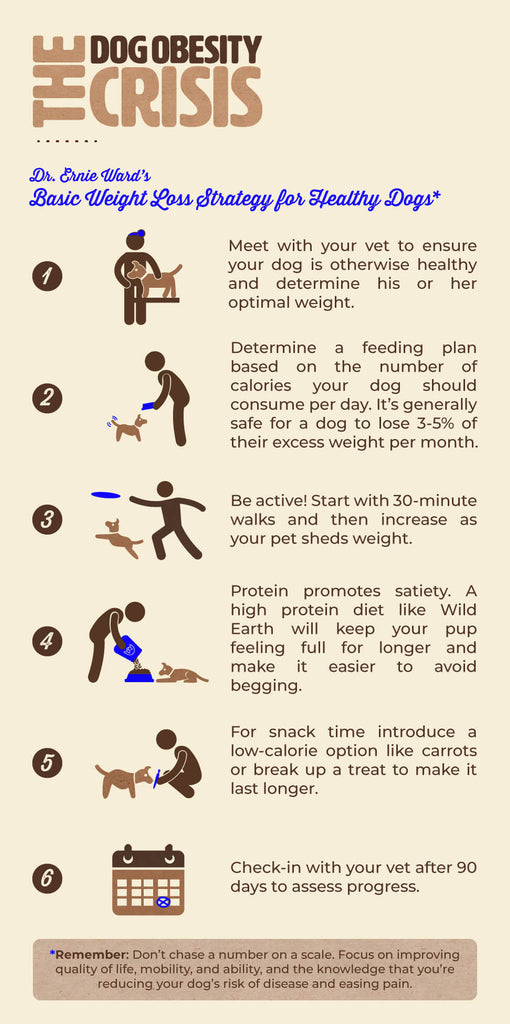
Here's a handy guide to Wild Earth's weight loss strategy below








